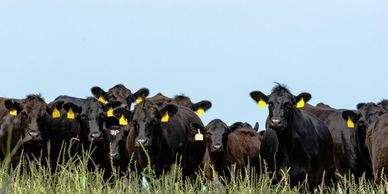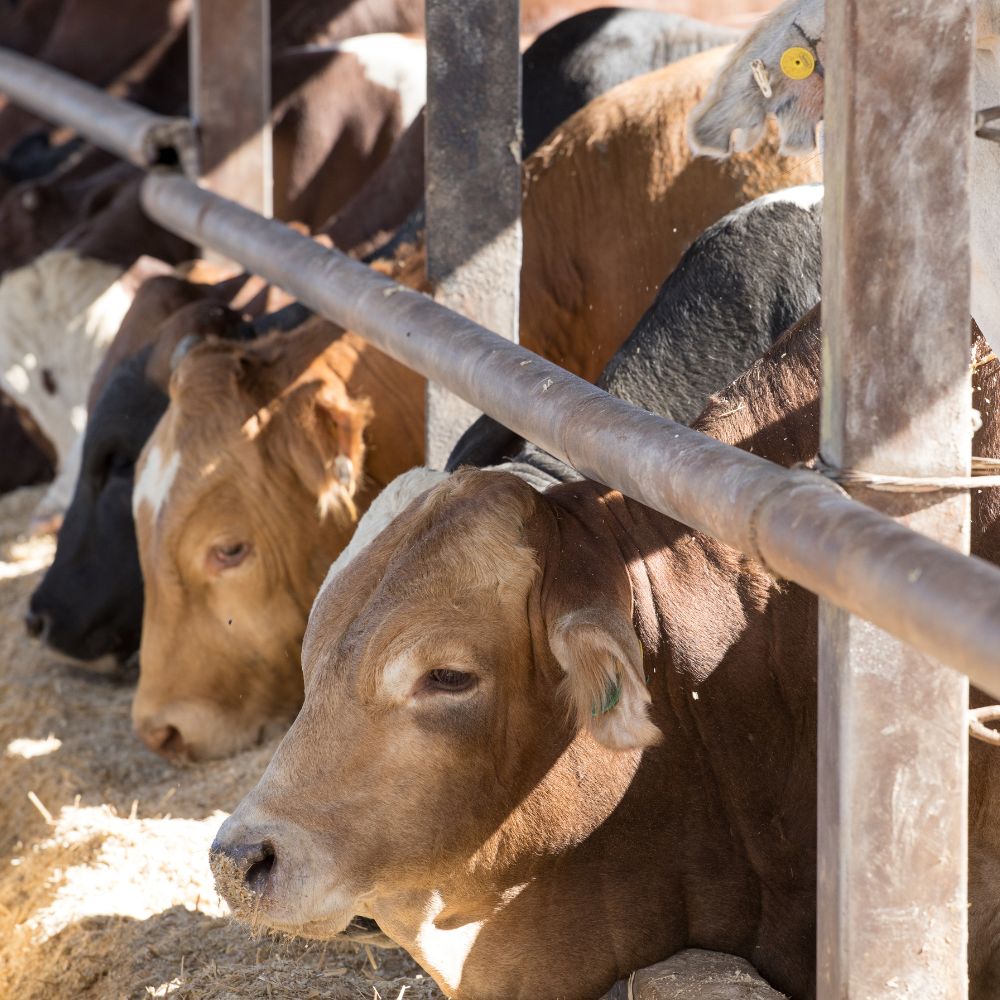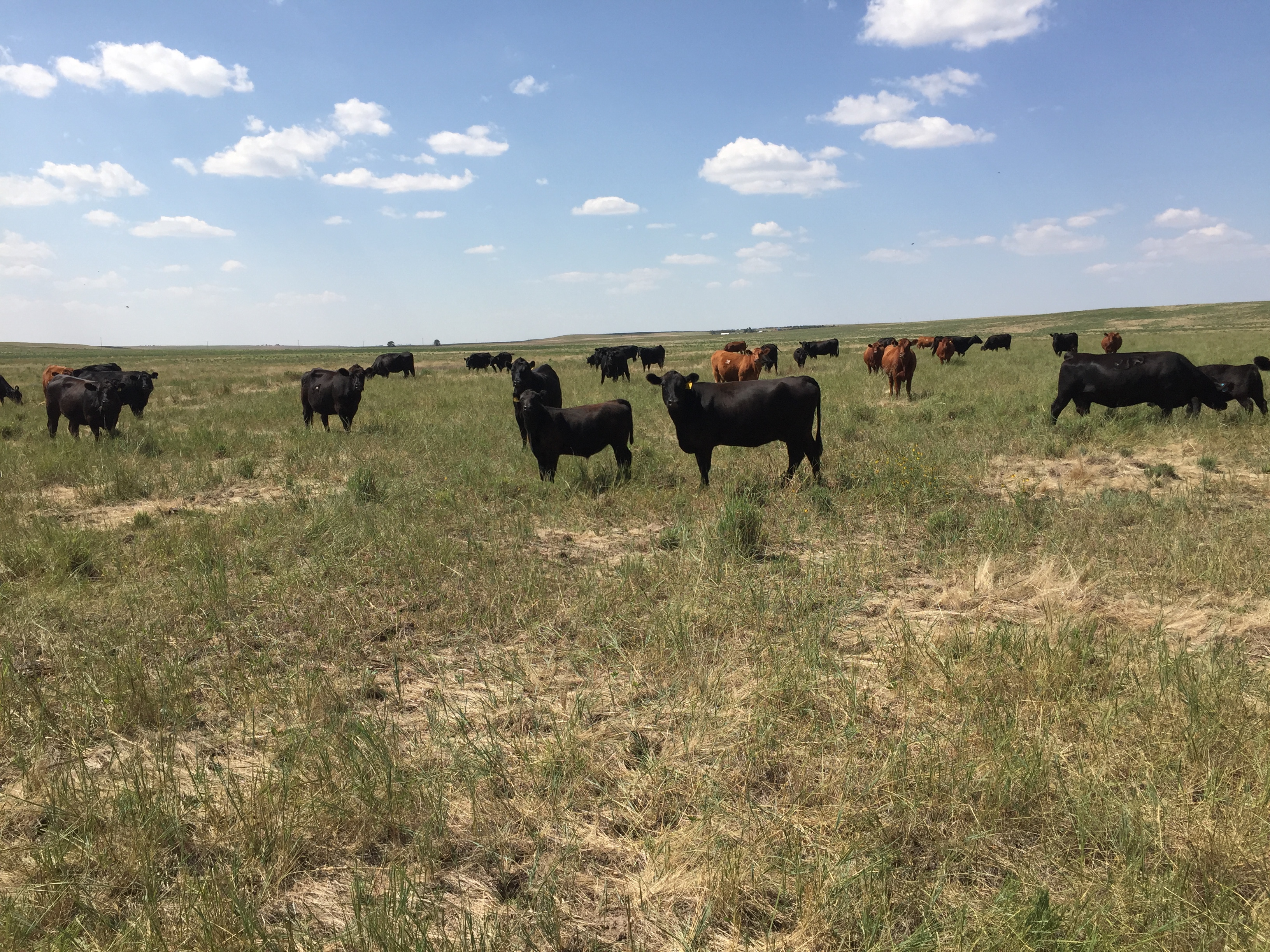Understanding Animals Danger Defense (LRP) Insurance: A Comprehensive Guide
Browsing the realm of livestock danger defense (LRP) insurance can be a complex undertaking for numerous in the farming industry. This kind of insurance policy provides a safeguard versus market fluctuations and unforeseen conditions that might influence livestock producers. By understanding the ins and outs of LRP insurance, manufacturers can make educated choices that may guard their procedures from financial dangers. From exactly how LRP insurance policy operates to the different protection alternatives readily available, there is much to uncover in this thorough guide that might possibly form the way animals producers approach risk administration in their businesses.

How LRP Insurance Works
Occasionally, comprehending the mechanics of Animals Threat Defense (LRP) insurance can be complicated, but breaking down just how it works can offer quality for herdsmans and farmers. LRP insurance policy is a danger management device created to secure livestock manufacturers against unexpected cost declines. The policy allows producers to establish a coverage level based upon their particular demands, selecting the variety of head, weight variety, and protection rate. Once the plan is in area, if market value drop below the coverage cost, manufacturers can sue for the distinction. It is necessary to note that LRP insurance policy is not a profits warranty; rather, it focuses only on price threat security. The insurance coverage period normally ranges from 13 to 52 weeks, offering adaptability for producers to select a period that aligns with their manufacturing cycle. By making use of LRP insurance, ranchers and farmers can reduce the monetary threats related to varying market value, guaranteeing higher stability in their operations.
Eligibility and Insurance Coverage Options

When it comes to protection options, LRP insurance policy uses manufacturers the versatility to pick the protection degree, insurance coverage period, and endorsements that best fit their risk management requirements. By understanding the eligibility criteria and coverage options available, animals manufacturers can make informed decisions to take care of threat successfully.
Advantages And Disadvantages of LRP Insurance Policy
When evaluating Animals Threat Security (LRP) insurance, it is crucial for livestock manufacturers to consider the benefits and disadvantages fundamental in this danger management device.

One of the main benefits of LRP insurance is its capability to give security versus a decline in animals rates. In addition, LRP insurance policy provides a degree of versatility, permitting manufacturers to customize protection levels and policy periods to suit their specific demands.
One constraint of LRP insurance coverage is that it does not protect versus all types of threats, such as condition episodes or natural calamities. It is critical for producers to thoroughly analyze their private risk exposure and monetary situation to determine if LRP insurance policy is the next page ideal risk administration tool for their procedure.
Understanding LRP Insurance Premiums

Tips for Maximizing LRP Advantages
Making best use of the benefits of Animals Risk Security (LRP) insurance requires tactical planning and positive threat administration - Bagley Risk Management. To maximize your LRP protection, take into consideration the adhering to ideas:
On A Regular Basis Analyze Market Problems: Remain educated regarding market patterns and rate changes in the animals market. By monitoring these aspects, you can make enlightened choices concerning when to acquire LRP insurance coverage to shield versus possible losses.
Set Realistic Protection Degrees: When picking protection levels, consider your production costs, market price of livestock, and prospective dangers - Bagley Risk Management. Setting sensible protection levels makes sure that you are adequately secured without paying too much for unnecessary insurance coverage
Diversify Your Insurance Coverage: As opposed to counting entirely on LRP insurance, think about diversifying your danger monitoring approaches. Incorporating LRP with other danger management devices such as futures agreements or alternatives can give detailed coverage versus market unpredictabilities.
Evaluation and Adjust Insurance Coverage Regularly: As market problems alter, periodically assess your LRP insurance coverage to guarantee it straightens with your review current danger direct exposure. Changing insurance coverage degrees and timing of purchases can assist optimize your risk defense method. By following these suggestions, you can maximize the advantages of LRP insurance coverage and safeguard your livestock procedure versus unexpected threats.
Verdict
In final thought, animals risk security (LRP) insurance is a useful device for farmers to manage the economic risks connected with their animals operations. By understanding exactly how LRP functions, eligibility and coverage options, along with the advantages and disadvantages of this insurance, farmers can make enlightened decisions to shield their resources. By meticulously considering LRP costs and applying techniques to make the most of benefits, farmers can minimize potential losses and ensure the sustainability of their operations.
Animals manufacturers interested in getting Animals Threat Protection (LRP) insurance coverage can check out a variety of eligibility requirements and protection choices tailored to their certain animals procedures.When it comes to protection options, LRP insurance coverage uses manufacturers the flexibility to select the protection level, coverage duration, and endorsements that finest fit their blog danger monitoring demands.To realize the intricacies of Livestock Danger Security (LRP) insurance coverage completely, recognizing the aspects influencing LRP insurance coverage premiums is essential. LRP insurance costs are identified by different components, consisting of the coverage degree selected, the expected cost of livestock at the end of the coverage duration, the type of livestock being insured, and the size of the protection duration.Evaluation and Adjust Insurance Coverage Frequently: As market problems change, periodically assess your LRP insurance coverage to guarantee it lines up with your existing threat direct exposure.